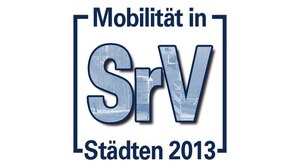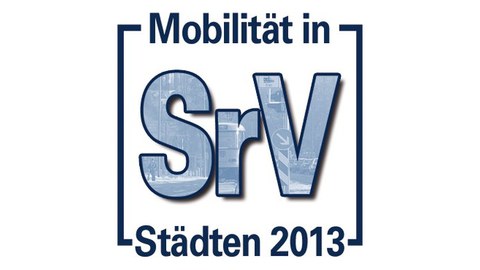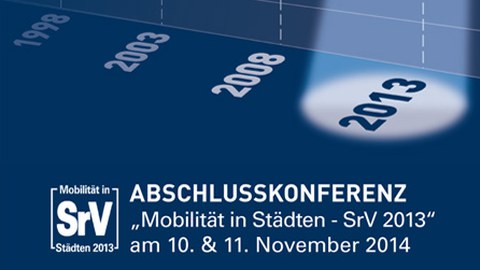Results
On this page you can download the SrV city comparison, cross-city results and reports on the methodology of the SrV 2013 survey.
Results of SrV 2013
The tabulation of the city-specific results of the SrV 2013 has been completed. The figures have been available to the clients since October 2014.
The comparison of participating cities contrasts central basic parameters on the travel behavior of the residential population of the different participating study areas. This makes it possible for the users of the results to record the range of variation in the key data collected for the SrV cities. Furthermore, direct comparisons with other cities can be made. However, this only makes sense if the local boundary conditions of the respective cities are known.
Comparison of Participating Cities
The tabulation of cross-city results serves the purpose of being able to evaluate combinations of characteristics in a more differentiated manner than in the standard city-specific tables. This makes it possible to make statements that are not usually expected to produce statistically stable results for a single city. Cities that have not participated in the SrV are given the opportunity to obtain orientation values for typical characteristics of travel behavior in their own municipality by means of mobility indicators for city groups.
The first system primarily takes into account modeling aspects as a cross-sectional analysis of the current survey round. Since the composition of the city groups varies depending on the participating municipalities, they are only suitable for time series analyses to a limited extent. Seven city groups were formed based on the characteristics of centrality, population and topography:
low-order cities and municipalities with flat topography
middle-order cities with flat topography
middle-order cities with hilly topography
high-order cities of under 500,000 inhabitants and with flat topography
high-order cities of under 500,000 inhabitants and with hilly topography
high-order cities of 500,000 and more inhabitants (without Berlin) and with flat topography
The second system is primarily used for the cross-city presentation of results and is suitable for time series observations. In this sense, there are three groups of participating cities:
large cities located in Eastern Germany
large cities located in Western Germany participated in 2018, 2013 and 2008
Large cities participated in 2018, 2013 and 2008
The methodology report on SrV 2013 comprehensively presents the methodology of the survey. The annex contains the questionnaire. The reports on data preparation and on nonresponse analysis and weighting supplement the method report with important methodological details.
report on nonresponse analysis and weighting
Central findings, cross-city trends, scientific background as well as experiences from the survey practice were presented and discussed in front of more than 120 participants at the final conference on November 10 and 11, 2014. The papers presented at the event can be downloaded from the page on the final conference.



